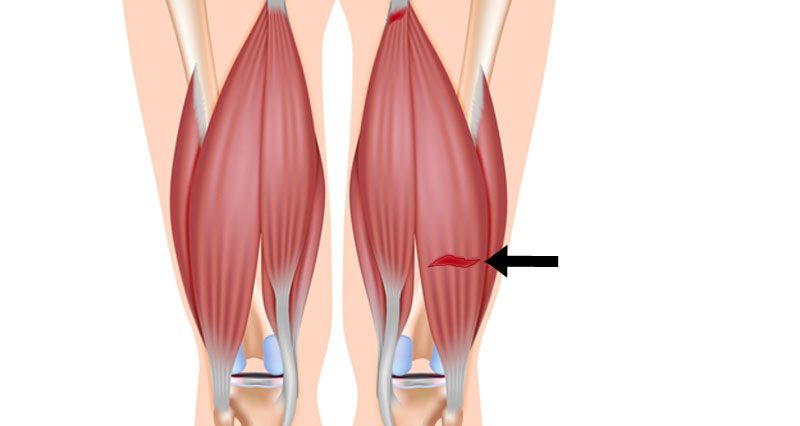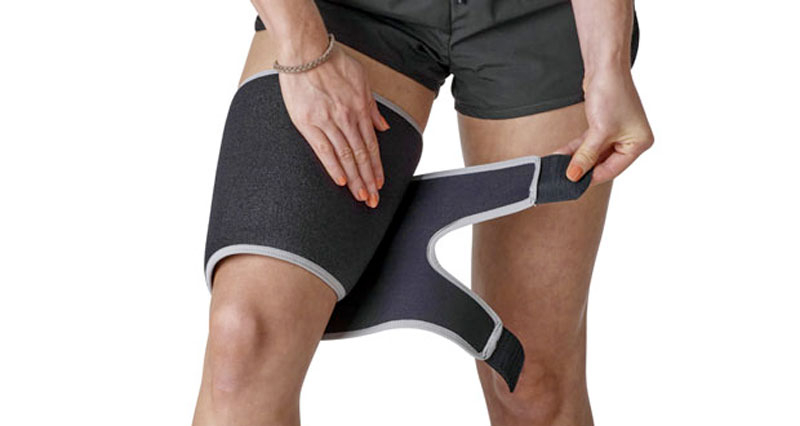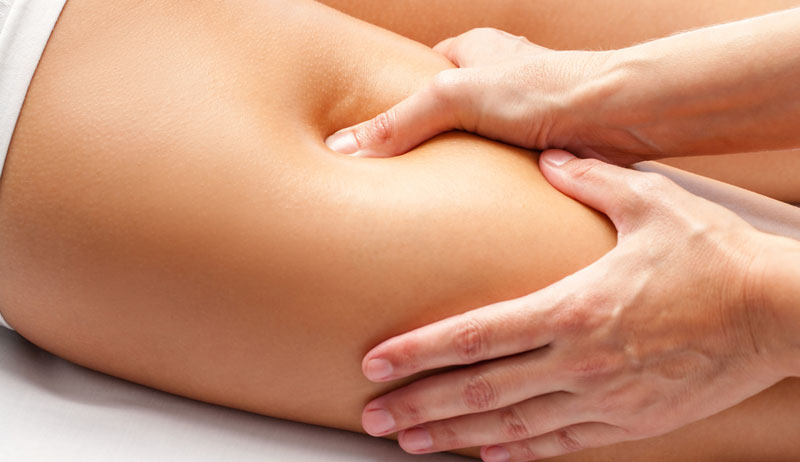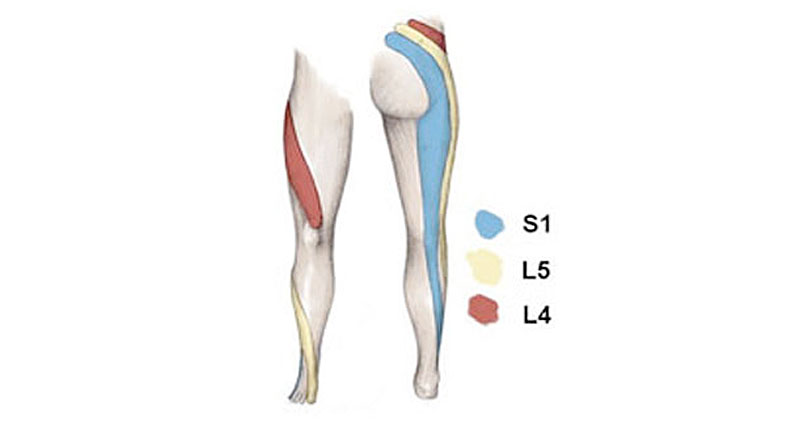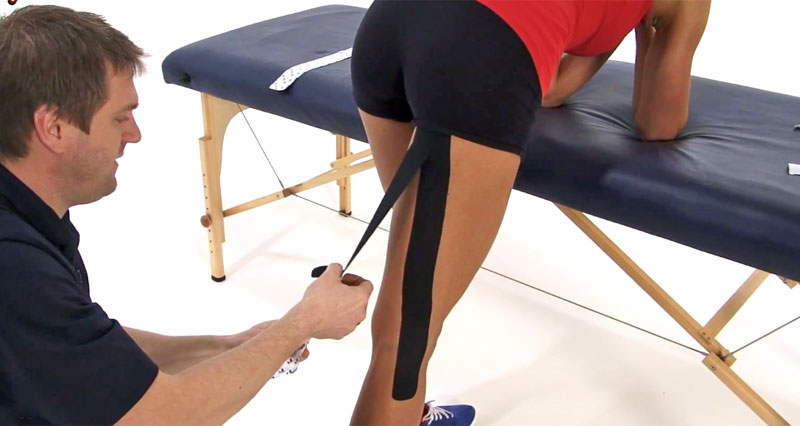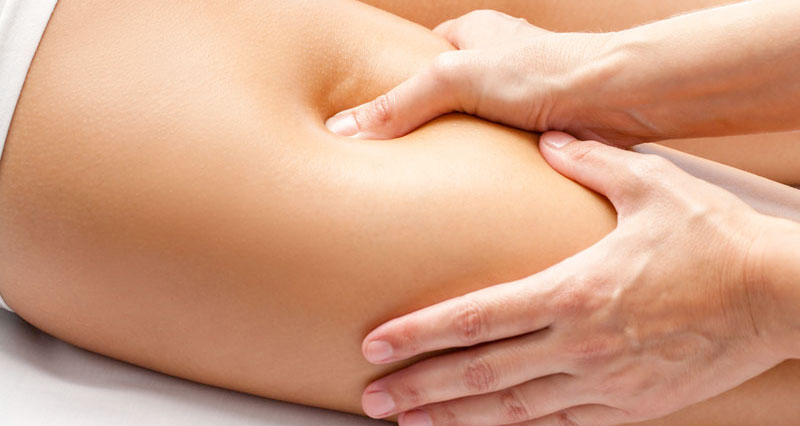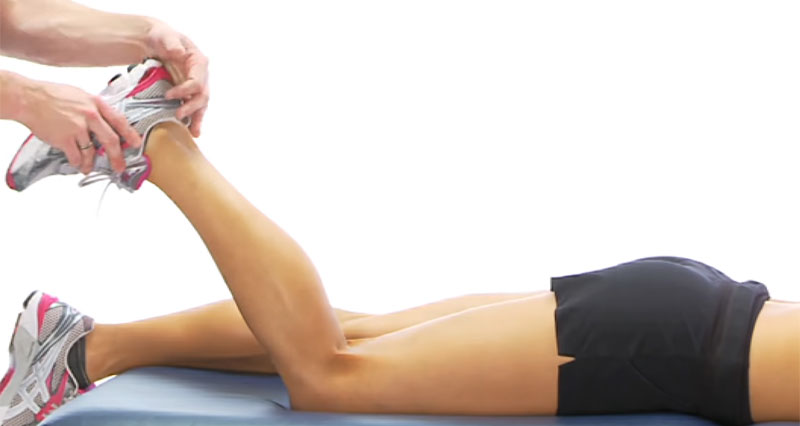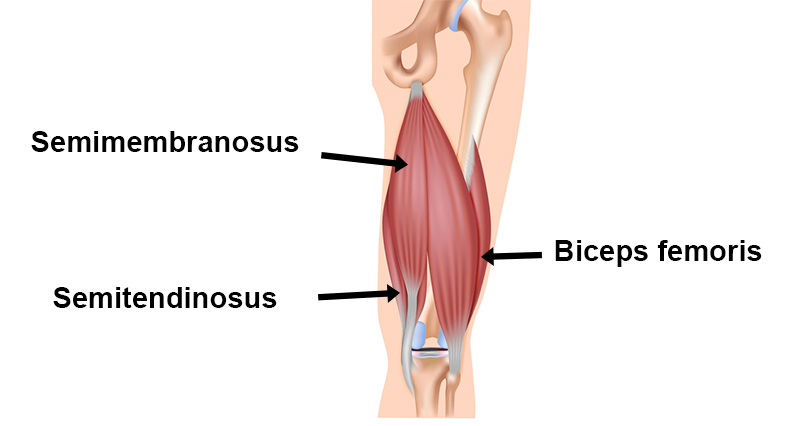A hamstring strain or ‘pulled hamstring’ is a tear to one of the hamstring muscles at the back of the thigh. Here we explain the symptoms, causes, treatment, and rehabilitation of a pulled hamstring.
Medically reviewed by Dr Chaminda Goonetilleke, 10th Jan. 2022
Hamstring strain symptoms
Symptoms of a hamstring strain usually consist of a sudden sharp pain at the back of the thigh, either whilst sprinting or performing a fast stretching movement such as a high kick.
Hamstring strains are graded 1, 2, or 3 depending on how bad they are.
- A grade 1 hamstring strain is relatively mild. You may feel a twinge or tightness at the time of injury, with little or no swelling.
- A grade 2 is more severe. You feel a sudden sharp pain at the time of injury. Swelling is likely and you will be unable to continue playing or training.
- Grade 3 strains involve a tear of the majority or all of the muscle.
More on hamstring strain diagnosis.
What is a pulled hamstring?
A hamstring strain (pulled hamstring) is a tear to any one or more of the hamstring muscles at the back of the thigh.
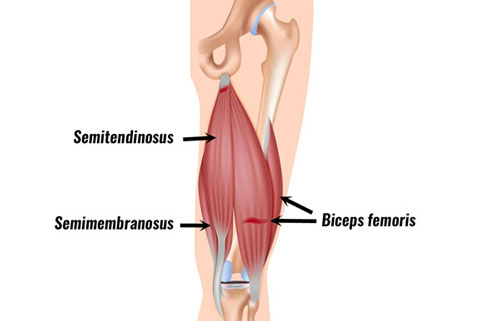
The hamstring muscle group consists of three separate muscles:
- Semitendinosus
- Semimembranosus
- Biceps femoris.
The muscles originate from the lower part of the pelvic bone (ischial tuberosity) and insert into the back of the shin bone (tibia). When they contract, they bend (flex) the knee and help extend the hip (move the leg backwards).
Read more on Hamstring muscles.
Causes
Hamstring strains usually occur in two different ways. They are either sprinting-related or stretch related for example in martial arts, gymnastics, or dancing.
Sprint-related hamstring strains
During sprinting the hamstring muscles work extremely hard. In particular, at a point just before the foot strikes the ground they decelerate the tibia (shin) very quickly. It is at this point that the hamstring is most likely to tear.
Sprint-related hamstring injuries usually occur lower down the biceps femoris muscle. More specifically, where the muscle joins to the tendon. They often feel worse initially, but recover more quickly.
Stretch-related hamstring strains
Stretch-related injuries usually occur higher up at the back of the thigh. Most commonly the in the tendon of the semimembranosus muscle.
These injuries may take longer to heal because the blood supply to the tendon is not as good.
Referred pain
Referred pain is caused by problems elsewhere such as the lower back and hip, but is felt at the back of the leg. Specifically sciatic nerve related conditions produce these symptoms. Sciatic symptoms may increase the likelihood of suffering a hamstring strain. Therefore, be aware, particularly if you suffer from recurrent hamstring strains.
Hamstring strain treatment
Treatment consists of immediate first aid followed by a full rehabilitation program.
The acute phase of hamstring strain rehabilitation usually lasts 3 to 4 days depending on how bad your injury is. Apply the PRICE principles of protection, rest, ice, compression, and elevation.
Protection
Protect your muscle from further injury. This means leaving the field of play or stopping exercise as soon as possible.
Rest
Rest from anything that causes pain, both immediately after injury and longer-term whilst your muscle strain is healing.
Ice/cold therapy for torn hamstrings
Apply cold therapy and compression wrap for 15 minutes every hour in the early stages, or at least 3 or 4 times per day.
Ice should not be applied directly to the skin as it may cause ice burns. Instead, wrap in a wet tea towel or use a commercially available hot and cold wrap.
Compression
Wear a compression bandage or thigh support. This can be worn all the time during the acute stage to help reduce swelling and support the muscle.
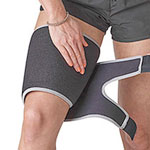
Buy Thigh Supports
Later on, a thigh support retains heat which increases blood flow, aiding the healing process.
Elevation
Elevate the limb as much as you can because this will help swelling and tissue fluids drain away.
Sports Massage for pulled hamstrings
Once the acute phase is over massage may be beneficial. Initially, it must be very light to avoid damaging the muscle. But later as your injury heals, techniques become deeper. Massage as part of hamstring strain treatment can:
- Help to flush away tissue fluids and swelling.
- Soften and align new scar tissue that has formed.
- Relax tight muscles which have gone into spasm.
- Stimulate blood flow to the area which aids the healing process.
Learn hamstring massage techniques.
Hamstring kinesiology taping
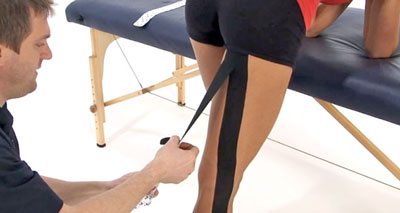
Kinesiology taping can be applied during the later stages of rehabilitation by encouraging the activation of the muscle
Learn Kinesiology taping for hamstrings.
Exercises & Rehabilitation
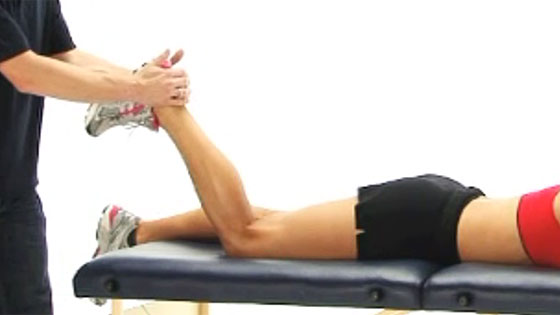
Both stretching and strengthening exercises are important. After the initial acute stage, very gentle static stretching exercises can begin as long as they are pain-free. As your injury heals, dynamic stretching which involves movement is introduced, and eventually sports-specific drills.
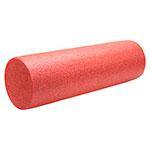
Foam Rollers
Strengthening exercises also begin gently with isometric contractions and progress through to advanced hamstring exercises.
More on Hamstring strain exercises
Full Hamstring strain rehabilitation program
Hamstring strain references & research
No post found!
